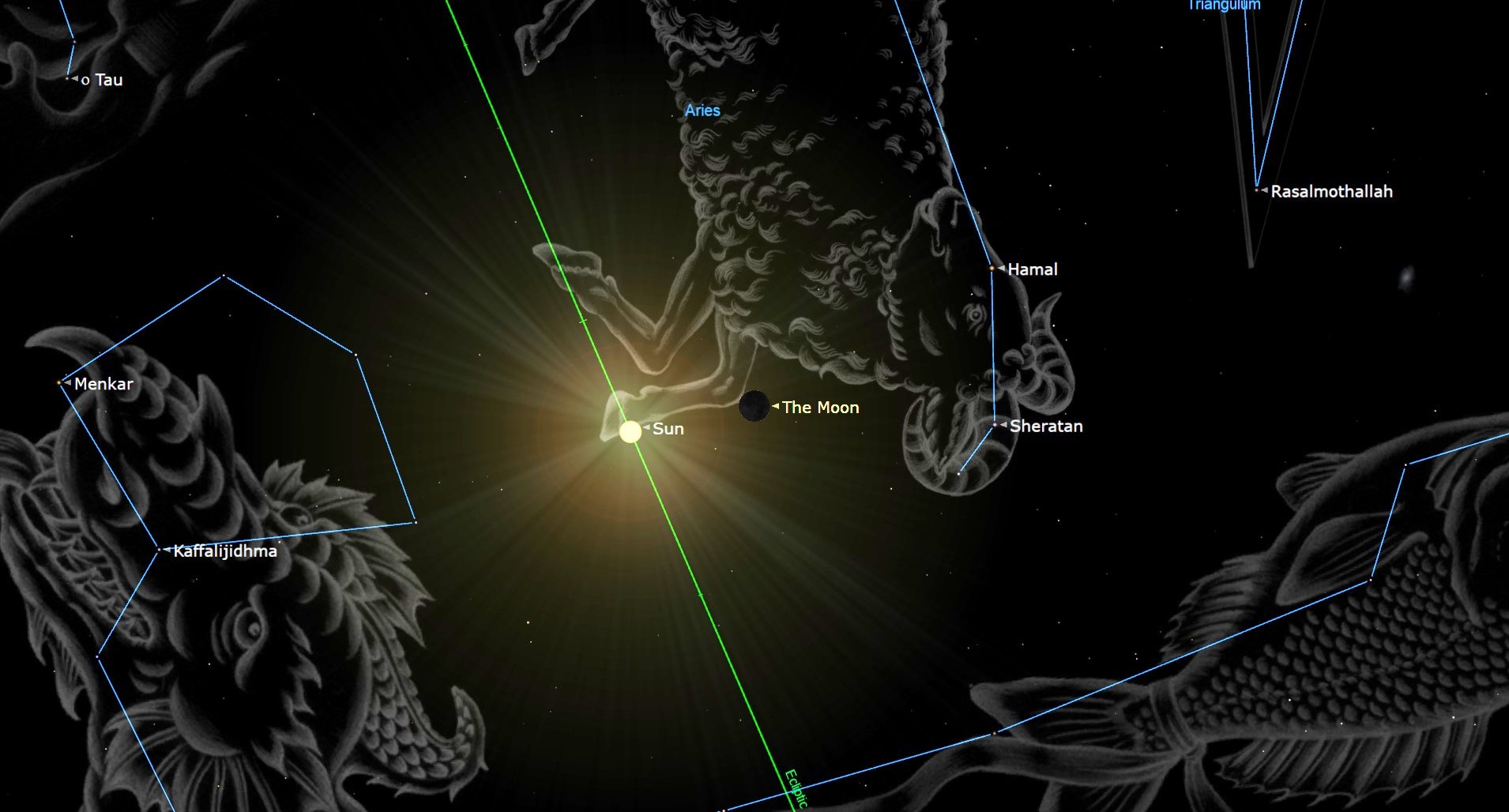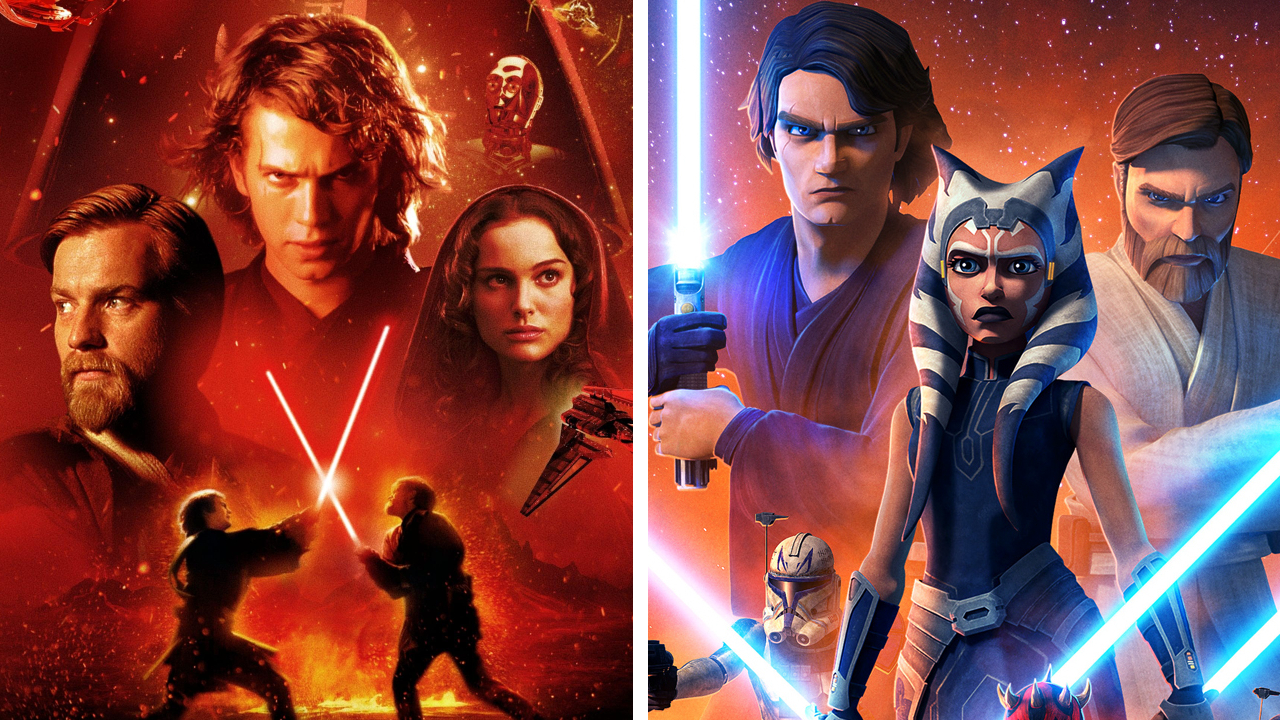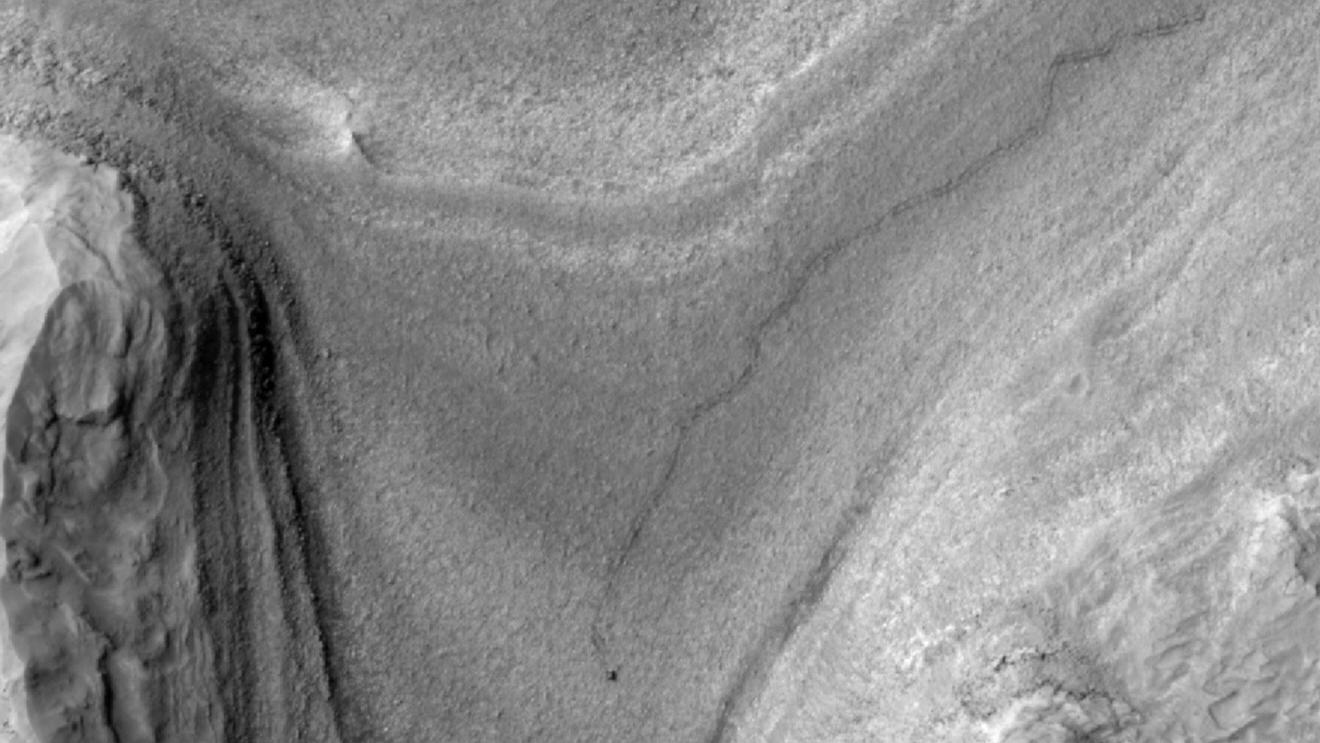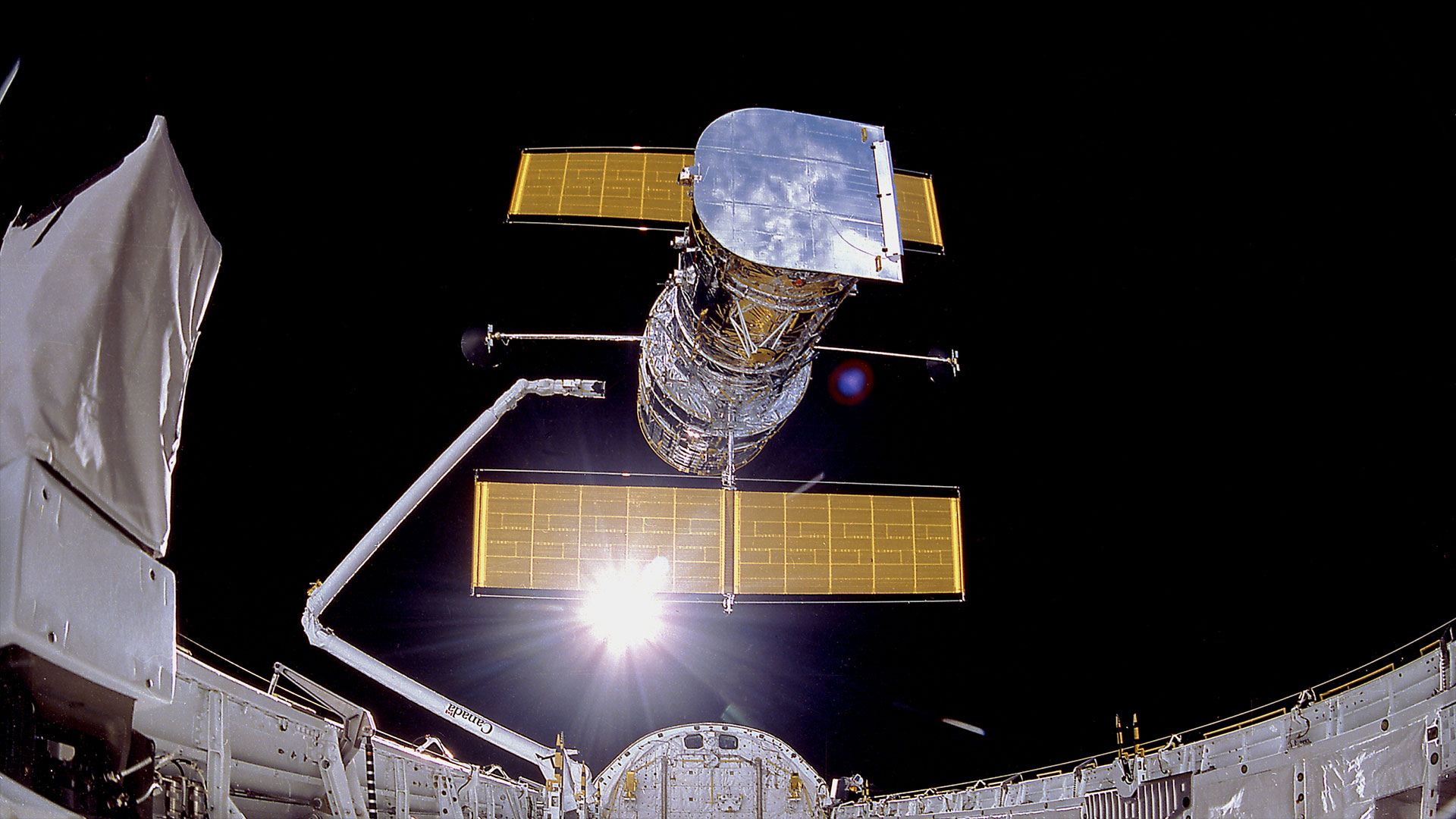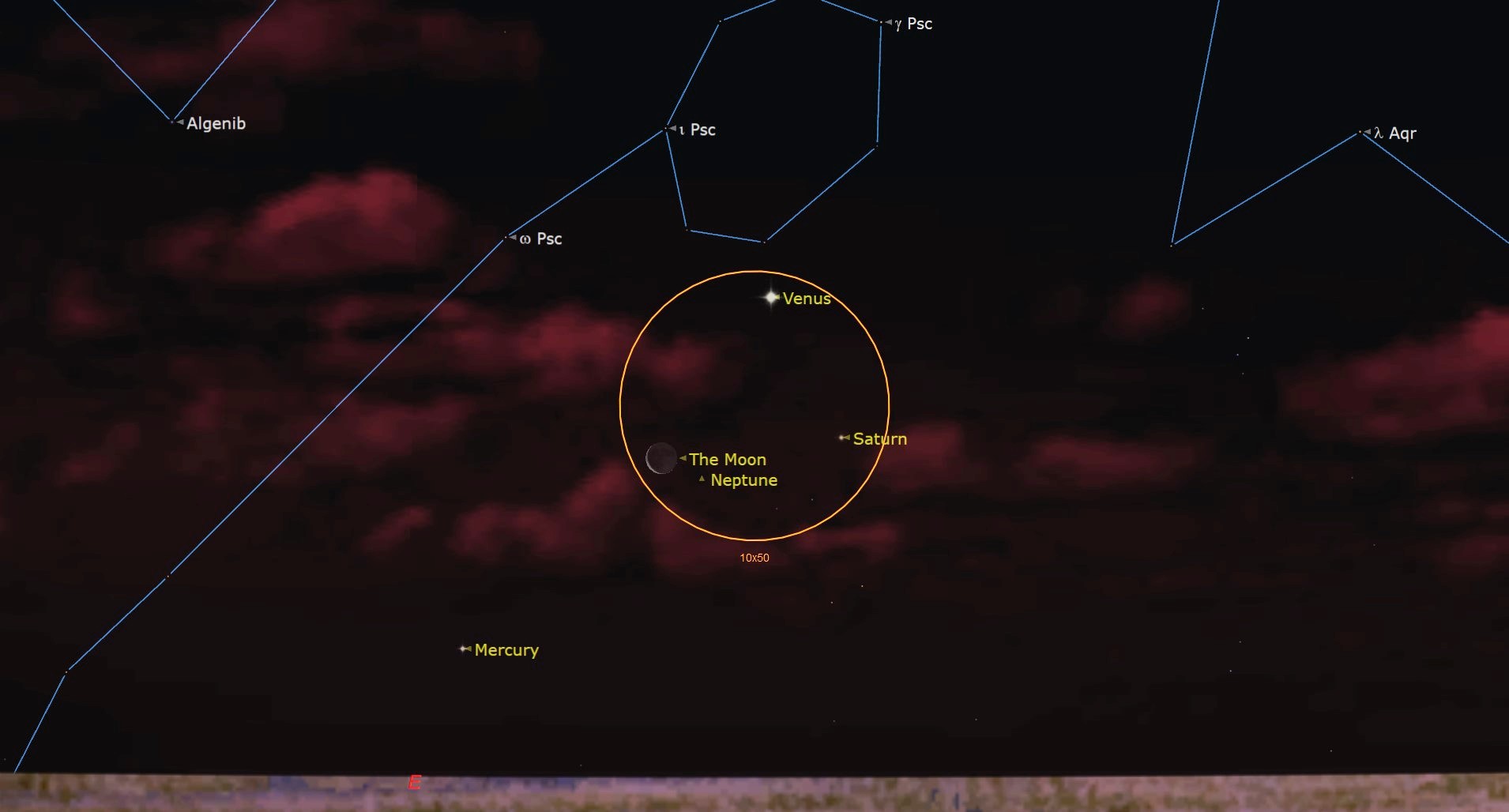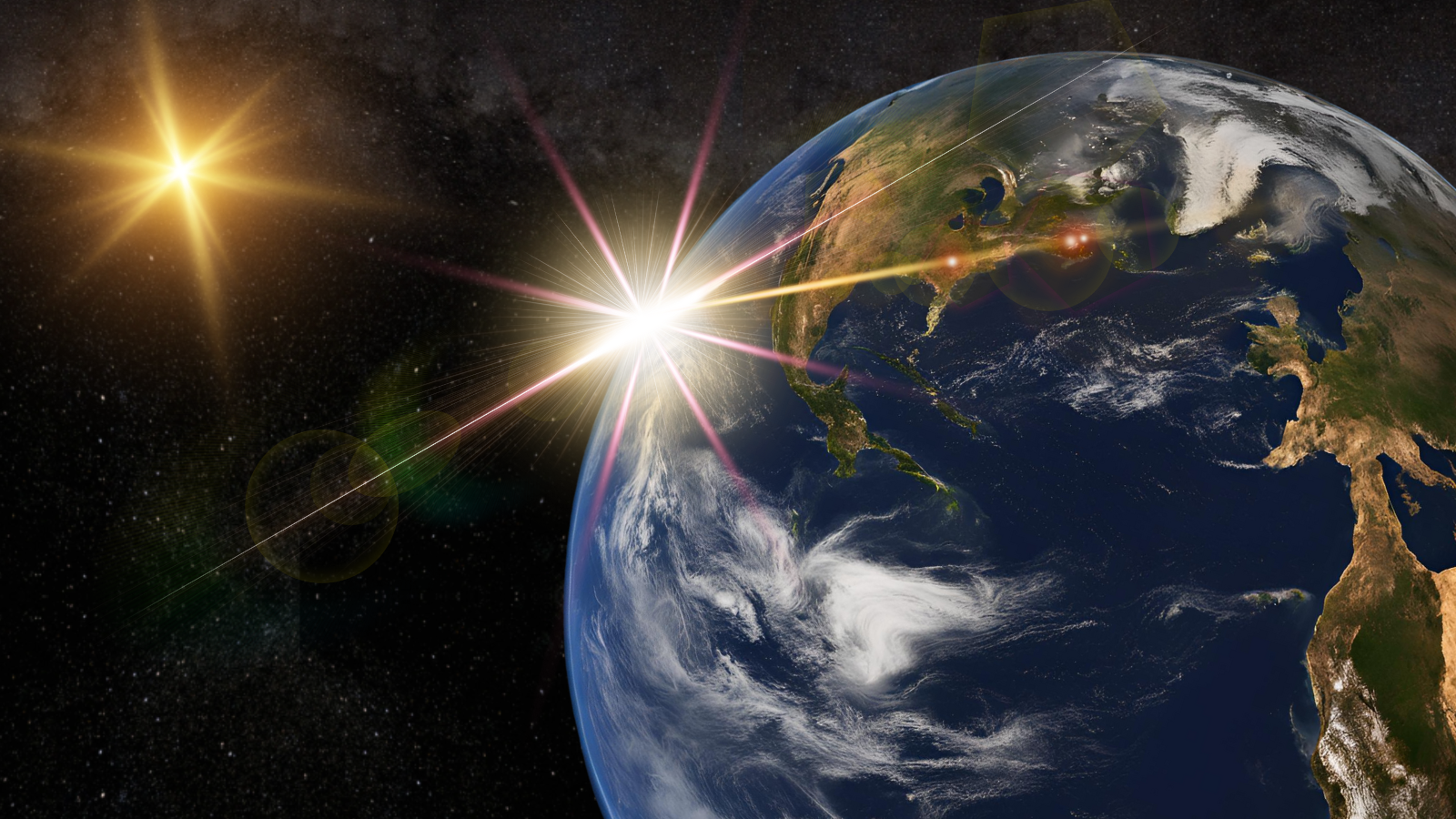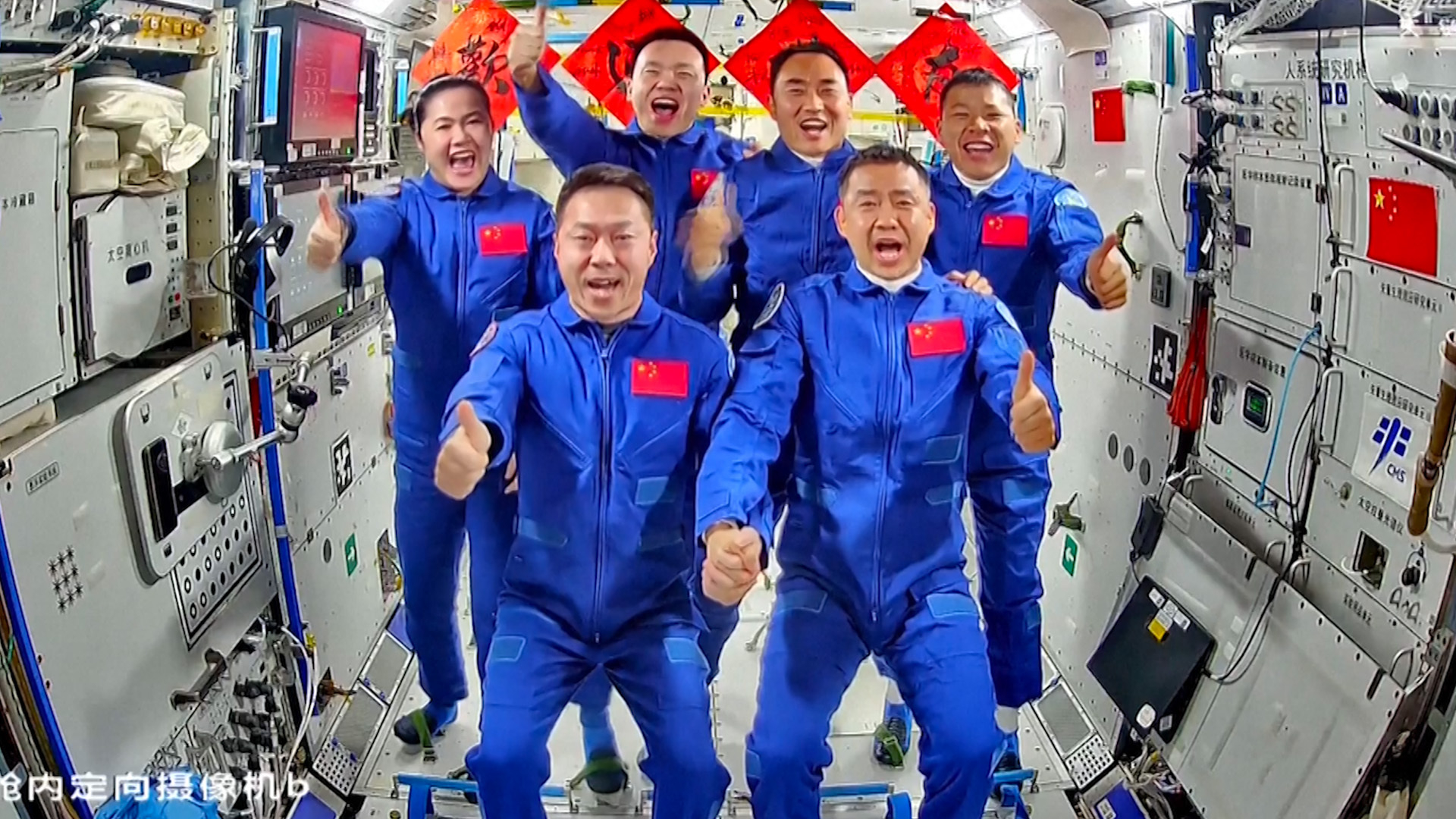Here's How One Man Beat the Crowds to View the Total Solar Eclipse
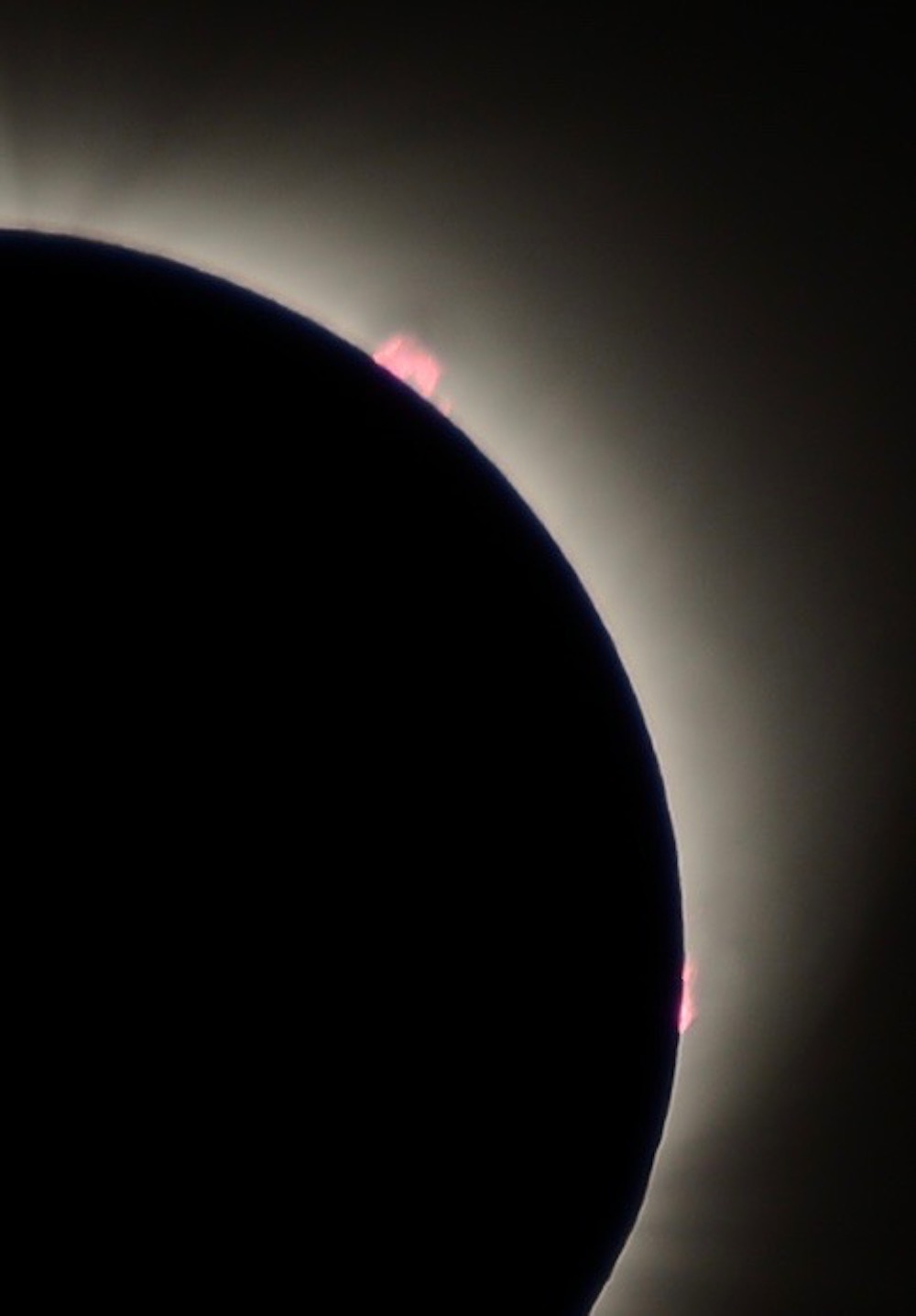
John Delaney is Assistant Director of Communications for the Bronx Zoo-based WCS (Wildlife Conservation Society) and a member of the Amateur Astronomers Association of New York.
Last week's Great American Solar Eclipse generated both widespread media coverage and record crowds for towns and parks fortunate enough to lie within the path of totality. As the only national park in the eclipse track, Grand Teton National Park in Wyoming faced a record-setting crush of eclipse chasers, many of whom had to jockey for a limited number of parking spaces at five designated viewing sites.
Despite the crowds, I succeeded in seeing the eclipse with my wife and in-laws in the Grand Tetons, one of the last stops in our epic 2,340-mile (3,766 kilometers) road trip tour of the national parks of the American West. The journey was filled with awe-inspiring scenery and wildlife, all topped off with a crown jewel of astronomical splendor.
Fortunately, the widely reported traffic jams and crowds hardly affected our experience, thanks to a minor miracle made possible by social media. An Instagram post made by my wife the day before the eclipse produced an unexpected prize: a lunch reservation and guaranteed parking, a possibility that went largely unnoticed by the many thousands of motorists hoping to score a prime spot for witnessing history. It was the stellar equivalent of a "golden ticket" for Willy Wonka’s chocolate factory tour. [See How One Man Photographed the Great American Solar Eclipse]
Planning for the eclipse
My story begins with an effort to keep travel expenses to a minimum. Many eclipse chasers plan years in advance, and in most instances, long-distance travel is required. My first solar eclipse experience took place in Egypt in 2006, a tour that combined astronomy with side trips to the Great Pyramids and other archeological wonders. It wasn't cheap.
My wife and I started preparing for the 2017 eclipse a year ago by exploring the more budget-minded option of reserving a site at a campground somewhere along the eclipse track, rather than buying an expensive tour package. Grand Teton National Park offered an irresistibly monumental setting for a total solar eclipse, and the image of totality falling on those majestic mountains captured my imagination.
Of course, many others had the same idea for Aug. 21, as we would later find out. When we tried to reserve a spot at Jenny Lake Campground over the phone, we learned that all campgrounds in Grand Teton National Park are strictly "first-come, first serve." We did succeed in reserving a spot in Grant Village Campground in nearby Yellowstone National Park, but this spot was outside the path of totality. To see totality, we would have to travel south to Grand Teton National Park on the morning of the eclipse.
Get the Space.com Newsletter
Breaking space news, the latest updates on rocket launches, skywatching events and more!
I still wanted to secure a spot in the Grand Tetons to avoid the need to drive on eclipse day, but a campground reservation in Yellowstone was a sensible backup plan and still close to totality. [In Photos: Take a Tour of Grand Teton National Park]
It seemed so tranquil when we arrived at Grand Teton on the morning of Aug. 18, just as the sun was hitting the top of the mountains, but this was the calm before the storm. When I told a park ranger we were planning to drive down from Yellowstone to one of the public viewing areas, she laughed and said, "Yes, you and about 500,000 people."
She also told me that no parking lot queues would be allowed. If you weren't in the right place to enter a parking lot at 6 a.m., you might have to find a place to see the eclipse elsewhere. My mood darkened as I contemplated Manhattan-style gridlock in what should have been a smooth car ride to totality. But, having traveled across the country to see the eclipse, I was determined to press on, and I convinced my wife, her mother and brother that sitting in traffic for a spot in Grand Teton National Park would be worth it in the end.
A social media tip to beat the eclipse crowds
Then, in a sort of deus ex machina twist, fate intervened, sparing us uncertainty and potentially hours of waiting to get to our preferred eclipse location. As I was practicing my sun photography with my telephoto lens and solar filter at the Grant Village Campground in Yellowstone National Park the day before the eclipse, my wife delivered good news.
"Dornan's still has a few tickets left for their eclipse lunch party," she said.
The night before, we had eaten dinner at Dornan’s Chuckwagon-Grill, a rustic, cowboy-style, open-air restaurant in Jackson Hole, Wyoming, which is inside the boundaries of the park. We had a wonderful, western-style buffet dinner of barbeque ribs, pulled pork and a variety of side dishes, along with a locally produced "Solar Eclipse" wine with the Grand Teton mountains practically towering over our picnic table. My wife took a picture of the impressive spread and backdrop and posted it to Instagram, tagging Dornan's in the text. The next day, a staff member at Dornan's "liked" my wife's post, which in turn, led my wife to the restaurant's website. She then learned of the special "Eclipse Lunch" that had somehow gone undetected by the hordes descending on Grand Teton.
I don't remember ever picking up the phone and dialing a number so quickly. We paid $50 per person for our reservations, a bargain considering the uncertain chances of finding a parking space in the national park.
Totality at Grand Teton
Our lunch reservations gave us a measure of security in our viewing plans, but we still had to get into Grand Teton to see totality. To avoid traffic on the big day, we got up at 2 a.m. and were on the road traveling south by 3 a.m. To my amazement, a motorcade of cars was already heading towards Grand Teton. When we arrived at the town of Moose, Wyoming, in the valley of Jackson Hole at about 4:30 a.m., a security guard hired by Dornan's allowed us to enter the parking lot only because we had a reservation.
At first, we were the only ones in the parking lot, and we slept in the car. I watched Venus rise in the east along with the glow of the rising sun. I could also see a line of cars bumper-to-bumper forming on the main road at Grand Teton in the distance, park visitors scrambling to find a place to park. Soon, two large Mayflower Tours buses as well as a smaller bus from Colorado College were admitted to the Dornan's lot, adding a few hundred additional observers to the still relatively uncrowded parking lot. Not too few, and not too many. Just right.
As the sun rose over the horizon, a few wispy cirrus cloud formations were all that stood in the way of an unobstructed view of the eclipse. They soon disappeared, and several other eclipse chasers began setting up their cameras and tripods to capture the event. My own camera setup consisted of a Nikon D600 camera, a 500mm Sigma lens, a solar filter and a tripod. I had rehearsed my imaging sequence as much as possible before the eclipse so I would not become flustered during the real thing.
I started snapping images of the sun a little after 10 a.m., just before first contact (when the moon first encroaches into the disk of the sun). The first appearance of the moon — a small bite out of the upper right corner of the photosphere — soon expanded as I watched a series of sunspots in the center of the sun disappear one by one behind the moon. One person alerted the group to the appearance of shadow bands — caused by the edge of the moon's shadow — racing over the Grand Tetons and parking lot. [Photos: 2017 Great American Solar Eclipse]
Over the next hour, the sun would shrink to a mere crescent as the light levels on the scenic location dimmed and the temperature became a bit chilly. It was at this point that, in attempting to make a small adjustment to my camera mount, I loosened the altitude knob a bit too much, causing the camera to flop to one side. I struggled a bit to get the sun back in the viewfinder and managed to tighten the screws as totality descended on Moose.
While people cheered as day plunged into night, I reached toward the front of the camera to remove the solar filter. I looked up briefly to see the sun's pearly corona, in the center of which was the blackest hole imaginable. I then turned my head down to focus on the job at hand: snapping a series of images at different shutter speeds to capture different elements of the corona.
Some of the most startling details of the sun's outer edge are the prominences, magnetically directed arcs of plasma on the limb of the solar disk. Two such features were visible on the sun's right limb.. As the crowd gasped in delight, many observers (myself included) attempted to capture the event on camera, like a cadre of paparazzi at an awards show. As smartphones, tablets and other devices clicked and snapped away around me, I struggled to make my way through my planned sequence, ranging from shutter speeds of 1/4000 of a second to 4 seconds. By the time I finished, the total eclipse was nearly over. Hoping to spend at least a few seconds just observing the event, I snapped the last of my shots and took a quick glance up at the awe-inspiring sight, then at the horizon; every direction was in twilight. [See Gorgeous Images of the Sun's Corona in Simulation]
As the sun re-emerged from behind the moon, the crowd applauded. With totality lasting a mere 2 minutes and 17 seconds in our location, the experience seemed tragically brief, but still rewarding enough to be more than worth the effort. With totality over, I was finally able to examine a few of my pictures. I had managed to capture several beautiful shots of the sun's corona during totality, and some nice pictures of the fiery prominences along the right solar limb. As for my wife and in-laws, they thoroughly enjoyed viewing the eclipse, in spite of the 2 a.m. wake-up call and my slightly obsessive behavior in getting the group into the best observation site.
Now what?
In the end, all the preparations and effort were worth it. A total solar eclipse is one of nature's greatest shows, an experience that not even the best high-resolution images can fully capture. Of course, these astounding displays can be addictive, and now that I have two total solar eclipses under my belt, I find myself thinking about where the next eclipse will be. Luckily, my wife has now become an eclipse addict as well.
And there's good news for anyone who missed last week's solar splendor: The next eclipse to make landfall in the U.S. will be in 2024, only seven years away. We are already making plans to see it in Maine. Can't wait!
Originally published on Live Science.
Join our Space Forums to keep talking space on the latest missions, night sky and more! And if you have a news tip, correction or comment, let us know at: community@space.com.

